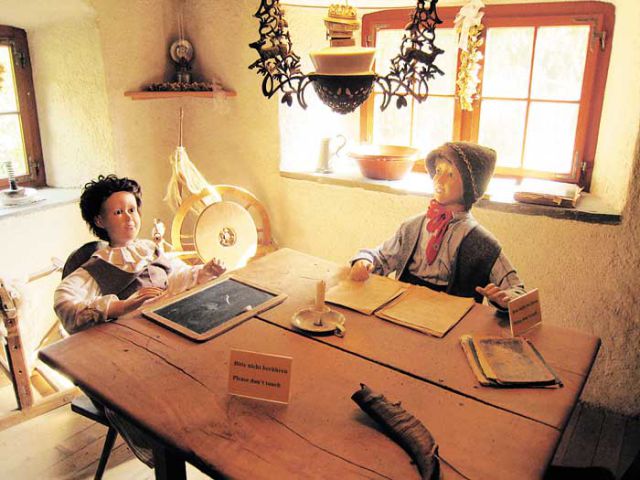

In 1881, the second volume titled "Heidi can use what she has learned" was published. Shortly before the end oft he year 1879, her book " Heidi" was published, which was immediately a great success. Old locals said that at that time a girl lived in the Village above Maienfeld, who inspired Johanna Spyri for the figure of Heidi with her happy and cheerfully manner. Anna Elisa von Salis-Hössli in Jenins, in the Bündner Herrschaft (Canton of Grisons), from where she went on various excursions and found inspiration for her Heidi story in Maienfeld.Īfter one of these walks with her childhood friend, she told to the husband of her friend of the youth, Colonel Jakob von Salis, " she now has the basis for a new story, Heidi " (Thürer 1982, p. She therefore stayed several times with her friend from the youth Ms. Johanna, who is close to nature, was not entirely happy in the city. Her only son, Bernhard Diethelm, was born three years after the wedding. He was often on the go and often worked late into the night.

In 1852, at the age of 25, Johanna married the lawyer Bernhard Spyri. From 1845 onwards she taught, her younger sisters and drove her autodidactic literature studies. This was followed by a longer stay in Yverdon in western Switzerland. Johanna Spyri was born on 12 June 1827 as Johanna Louise Heusser as the 4th child of 6 children of the doctor Johann Jakob Heusser-Schweizer and the poet Meta Heusser-Schweizer in Hirzel, region Zurich, a place with forests, rolling hills, and the Alps in the backdrop.Īfter finishing school in her town Hirzel, Johanna attended the „höhere Töchternschule“ (higher school for daughters) in Zurich, where she received three years of foreign language and music lessons. The story has been translated into over 55 languages and its global fame and topicality have remained unbroken to this day. Heidi is one of the most widely read books in the world. With her novel, Johanna Spyri has made an invaluable contribution to Swiss cultural and literary history.


 0 kommentar(er)
0 kommentar(er)
